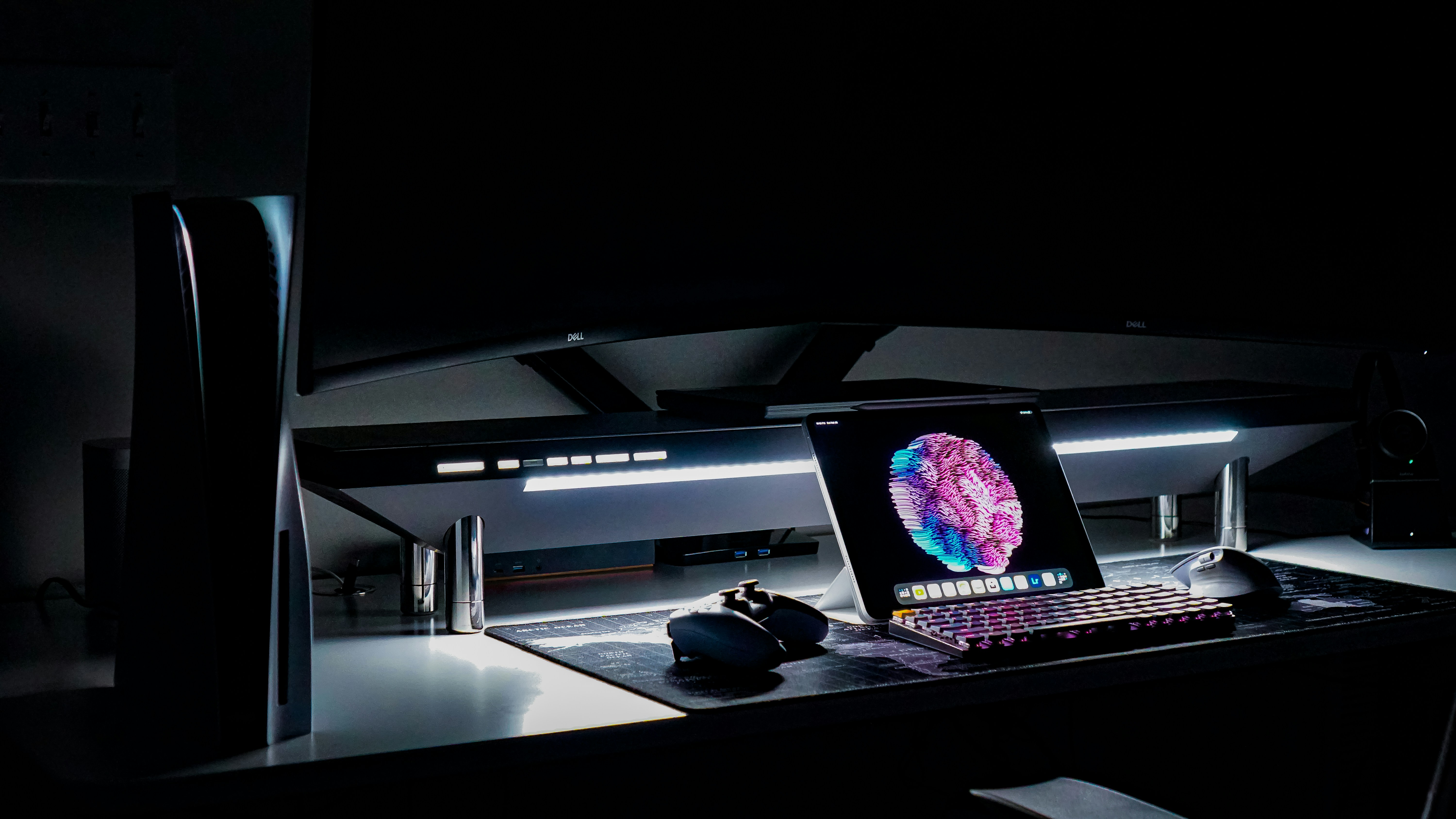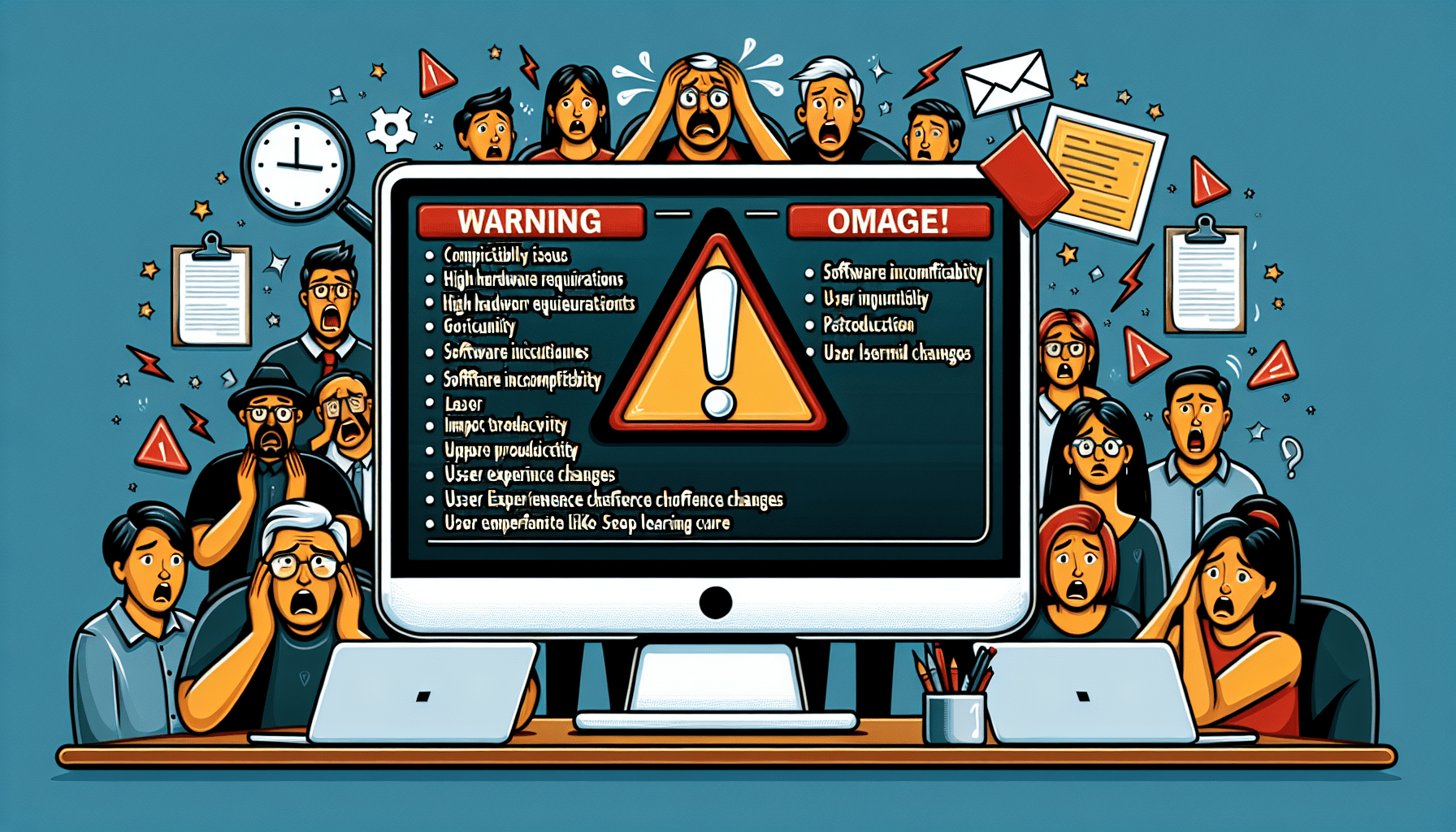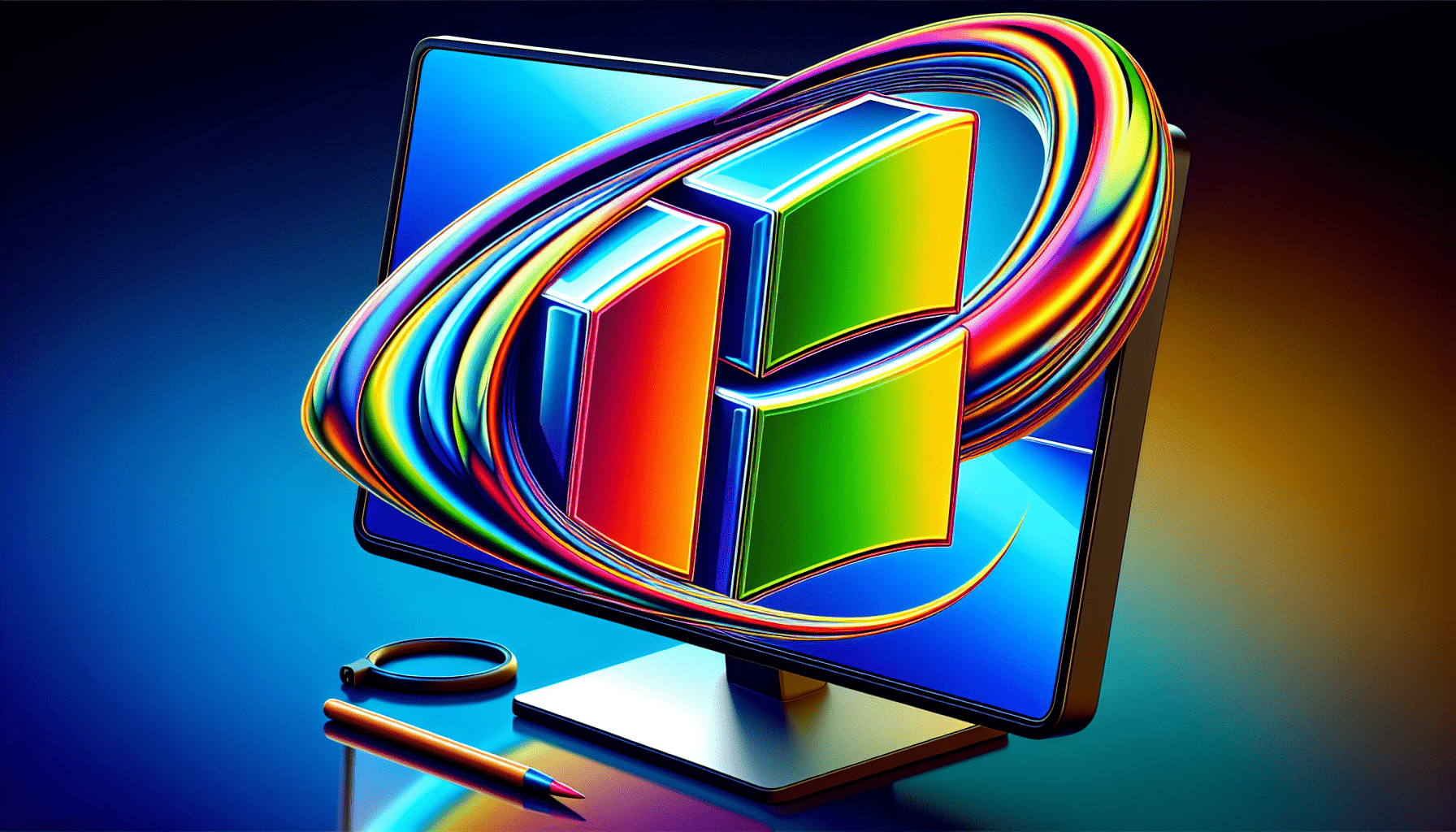







If you’ve ever wondered about expanding the display of your laptop to accommodate multiple external monitors, you’re in the right place! In this article, we will explore the various methods and options available to connect multiple external monitors to your laptop. From HDMI and DisplayPort to USB adapters, we’ll break down the steps and provide you with a comprehensive guide to enhance your productivity and multitasking capabilities. So, let’s dive in and unlock the potential of a multi-monitor setup for your laptop!
Understanding the Basics of External Monitors
When it comes to expanding your laptop’s screen real estate and improving your productivity, connecting multiple external monitors can be a game-changer. However, before diving into the world of multi-monitor setups, it’s important to understand the basics.
Know Your Laptop’s Video Output
The first step in setting up multiple external monitors is to identify the video output options available on your laptop. Common video output ports include HDMI, DisplayPort, DVI, VGA, and USB. Check the sides or rear of your laptop for these ports. Each port has its own specifications and capabilities, so it’s crucial to understand what you’re working with.
Determine the Types of Monitors
Next, you need to determine the types of monitors you want to connect to your laptop. Monitors come in various sizes, resolutions, and display technologies. Consider factors such as screen size, resolution, panel type (LCD, LED, IPS), and connectivity options. Understanding the types of monitors you plan to connect will help you choose the appropriate cables and adapters later on.
Accessible Ports for Connecting Monitors
Before proceeding with the setup process, it’s essential to check the number and type of video outports available on your laptop. Some laptops may have multiple ports of the same type, while others may only have one or two. Take note of the available ports, as this will affect the number of monitors you can connect simultaneously.
Hardware Requirements for Multiple Monitors
Connecting multiple external monitors requires specific hardware capabilities to ensure proper functioning and compatibility.
Graphics Card Capabilities
The graphics card in your laptop plays a critical role in determining the number of monitors you can connect and the resolution at which they can run. Integrated graphics cards may have limitations compared to dedicated graphics cards. Check your laptop’s specifications or consult the manufacturer’s website to understand the capabilities of your graphics card.
Number of Connectivity Ports
Apart from your laptop’s video output ports, you also need to check the number of connectivity ports available on your laptop. These ports include USB ports, which can be used for connecting monitors using USB-to-VGA/DVI/HDMI converters. The more connectivity ports your laptop has, the easier it will be to set up multiple monitors.
Type of Monitors to Be Connected
Consider the type of monitors you plan to connect and their respective input ports. Ensure that your laptop’s video output ports are compatible with the input ports of the monitors you intend to use. If there is a mismatch, you may need to acquire adapters or converters to establish the correct connection.
Types of Video Ports and Connectors
To successfully connect your laptop to multiple external monitors, you need to be familiar with the various video ports and connectors available.
HDMI Ports
HDMI (High-Definition Multimedia Interface) ports are commonly found on both laptops and monitors. They support high-definition video and audio signals, making them a popular choice for connecting modern displays. HDMI cables are capable of transmitting both audio and video, reducing cable clutter.
DisplayPort and Mini DisplayPort
DisplayPort and Mini DisplayPort ports are widely used for high-resolution displays in professional settings. They offer excellent video quality and, in some cases, support multiple monitors daisy-chained together. It’s important to note that DisplayPort cables are not compatible with HDMI ports without an adapter.
DVI Ports
DVI (Digital Visual Interface) ports were popular in the past and are still present on many monitors and laptops. They provide digital video signals and can carry both analog and digital audio. However, DVI cables do not transmit audio signals by default.
VGA Ports
VGA (Video Graphics Array) ports are older analog ports that have been around for a long time. While they may not offer the same level of video quality as newer ports, they are still widely used and compatible with many monitors. VGA cables are also useful when connecting to older projectors or displays.
USB Ports
Apart from video output ports, USB ports can also be used to connect monitors. USB-to-VGA, USB-to-DVI, and USB-to-HDMI converters allow you to add additional monitors using the USB ports on your laptop. However, the performance and resolution capabilities may vary compared to dedicated video output ports.
Adapters And Converters
Adapters and converters play a crucial role in enabling compatibility between different video ports and connectors. These devices allow you to connect monitors with different input ports to your laptop’s video output ports. HDMI to DisplayPort adapters, DVI to HDMI converters, and VGA to DVI adapters are just a few examples.
Setting Up the Physical Connections
Once you have identified the necessary ports and connectors, it’s time to physically connect your monitors to your laptop.
Connecting the First Monitor
Start by plugging one end of the appropriate cable (HDMI, DisplayPort, DVI, VGA) into your laptop’s video output port. Then, connect the other end of the cable to the corresponding input port on the back of your monitor. Make sure both ends are securely connected.
Connecting Additional Monitors
If your laptop has multiple video output ports, you can connect additional monitors following the same process as with the first monitor. Simply repeat the steps of connecting the cable from the laptop’s video output port to the input port of each additional monitor.
Utilizing a Docking Station or Port Replicator
For a more convenient multi-monitor setup, consider using a docking station or port replicator. These devices provide additional connectivity ports, including video output ports, and allow you to connect multiple monitors with fewer cables.
Using USB to VGA/DVI/HDMI Converters
If you don’t have enough video output ports on your laptop, or if you want to connect additional monitors using USB ports, USB-to-VGA/DVI/HDMI converters come in handy. Simply connect the converter to the USB port on your laptop and connect your monitor to the converter using the appropriate cable.
Configuring the Monitors on Your Laptop
After establishing the physical connections, it’s time to configure how your laptop utilizes the connected monitors.
Right-click on the Desktop
Right-click on the empty space of your laptop’s desktop and select “Display settings” from the context menu.
Display Settings
In the display settings window, you’ll see a visual representation of all connected monitors. You can adjust each monitor’s settings individually or choose “Detect” to automatically detect and configure the monitors.
Detect The Monitors
Click on the “Detect” button to allow your laptop to identify all connected monitors. This ensures that your laptop recognizes and properly utilizes each monitor.
Choosing Multiple Display Options
Under the “Multiple displays” section, you can choose from different display options, such as “Extend these displays,” “Duplicate these displays,” or “Show only on 1” or “2” (depending on the number of connected monitors). Select the option that suits your workflow and preferences.
Optimizing Display Settings
Now that your monitors are connected and configured, it’s important to optimize the display settings for the best visual experience.
Resolution Settings
In the display settings, you can adjust the resolution for each connected monitor individually. Choose the resolution that suits your needs and ensures optimal clarity and sharpness.
Orientation Settings
You can also adjust the orientation of each monitor if needed. Options include landscape, portrait, or flipped orientations. This is especially useful when working with monitors of different sizes or when using one of the monitors in a vertical position.
Display Mode Settings
The display mode settings allow you to toggle features such as night light, HDR, and color calibration. These settings can help improve the overall viewing experience and reduce eye strain.
Troubleshooting Common Multi-Monitor Issues
Despite the straightforward setup process, multi-monitor setups can sometimes encounter issues. Here are a few common problems and their possible solutions:
Non-Detection of Monitors
If your laptop fails to detect one or more monitors, ensure that all cables are securely connected and that the monitors are powered on. You may also need to update your graphics card drivers or reconfigure the display settings.
Monitor Display Issues
If you experience display problems, such as flickering, blurry image, or incorrect colors, double-check the cable connections and make sure the cables are not damaged. Adjust the resolution and display settings in the operating system.
Incompatible Resolution
In some cases, certain monitors may have resolution limitations or may not support the desired resolution. Adjust the resolution settings in the display settings to find the optimal resolution supported by all connected monitors. If needed, use adapters or converters to achieve compatibility.
Choosing Monitors for Dual Screen Setup
When selecting monitors for a dual-screen setup, there are several factors to consider.
Monitor Size and Resolution
Choose monitors that are of suitable size and resolution for your work requirements. Consider factors such as viewing distance, desk space, and the level of detail you need. Higher resolutions, such as 4K or ultrawide displays, offer more screen real estate but might require more powerful hardware.
Monitor Positioning
Consider how you want to position your monitors on your desk. Are you looking for a side-by-side setup or an elevated setup? Adjustable monitor stands or monitor arms can provide flexibility in positioning.
Monitor Brand and Model
When choosing monitors, consider reputable brands and models known for their quality and reliability. Read reviews and compare features to find monitors that best suit your needs and preferences.
Benefits of Using Multiple Monitors
Using multiple monitors offers several advantages that can enhance your productivity and overall computing experience.
Increased Productivity
With multiple monitors, you can have multiple applications and documents open simultaneously, reducing the need to constantly switch between windows. This allows for a more efficient workflow and faster task completion.
Enhanced Multitasking
Multi-monitor setups enable you to divide your work across separate screens, making it easier to organize and manage tasks. For example, you can have your email client open on one screen while working on a document on another.
Improved Gaming Experience
Gamers can benefit from multiple monitors by extending their view and creating a more immersive gaming experience. A wider field of view enhances gameplay, and additional screens can display real-time information, such as chat or performance metrics.
Limitations and Drawbacks of Multiple Monitor Setup
While multi-monitor setups offer many benefits, there are a few limitations and drawbacks to consider as well.
Greater Power Usage
Using multiple monitors consumes more power, as each additional screen requires electricity to operate. This may result in a higher electricity bill, particularly if your setup includes larger, high-resolution monitors.
Potential for Distractions
Having multiple screens can easily lead to distractions. With more windows and applications visible at once, it’s important to exercise discipline and avoid getting overwhelmed or losing focus.
Physically Larger Workspace Required
Multiple monitors require a larger physical workspace, both in terms of desk space and available wall or monitor stand-mounting options. Ensure that you have enough space to accommodate the additional monitors comfortably.
In conclusion, understanding the basics of external monitors and the necessary hardware requirements is essential for setting up multiple monitors with your laptop. By familiarizing yourself with the various video ports, connectors, and display settings, you can optimize your multi-monitor setup for increased productivity, enhanced multitasking, and an improved computing experience. While there are some limitations and considerations to keep in mind, the benefits of using multiple monitors are well worth the effort. So go ahead, expand your screen real estate, and take your productivity to new heights.








